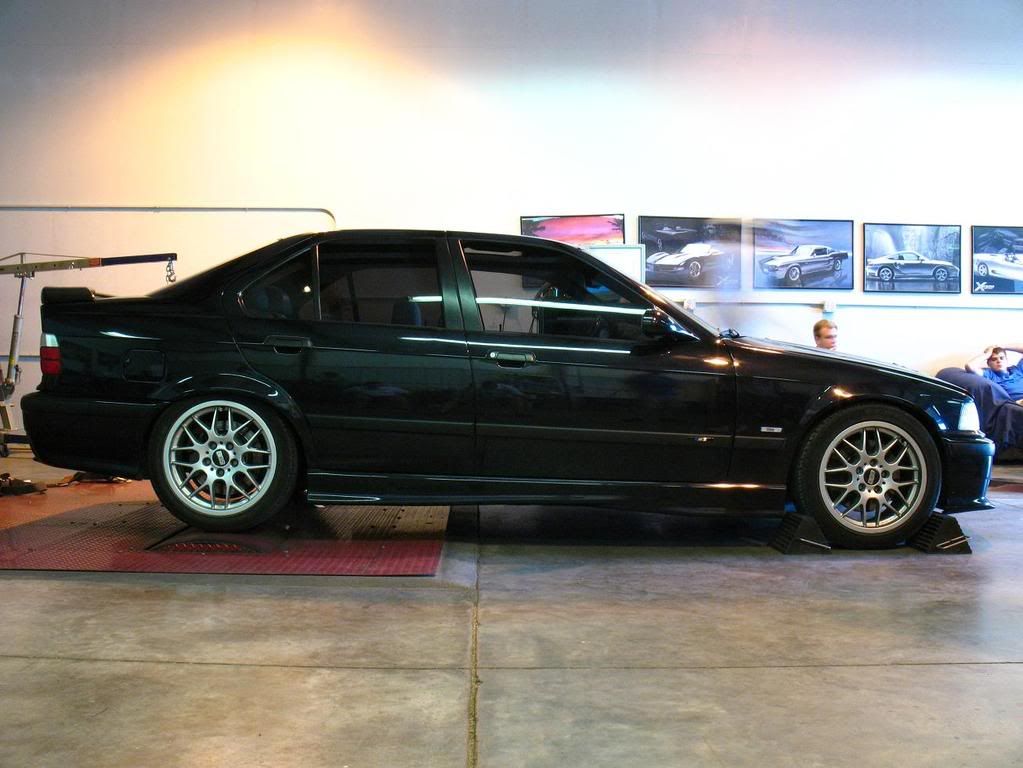
^not too exciting

^Thats me next to that truck....I'm 6'3", sad part is he popped the headgaskets on the dyno, so his 468 put down less than the dak :headbang:

^My good friends M3....amazing how that car makes more noise from the front end than the rear....variable valve timing is cool....heh

^Badass z28 that put down some pretty healthy numbers prior to breaking the t56 on the dyno haha....
So for my dyno numbers....I dont have a pic of the graph...but I have it here with me....It did 219.8 rwhp at 4500 rpm and 276.2 at 3800 rpm....hardly any gains for maxes since the last time....but I did bring up my average by almost 20 horsepower....199.7 rwhp average, and 238.8 rwtq average....now to just order the stall so I can get that fat powerband faster....heh...





